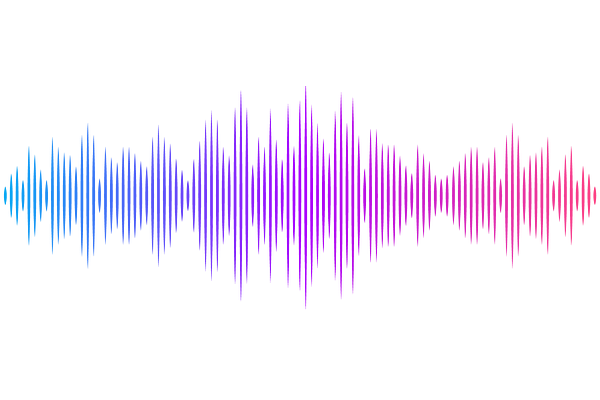Angiotensin 1-7 Modulates the Dynamics and Activation of the Proto-oncogene Mas Receptor

Angiotensin 1-7 Modulates the Dynamics and Activation of the Proto-oncogene Mas Receptor
Yasar, E.; Dogru, S.; Eroglu, E.; Yaras, N.
AbstractThe proto-oncogene Mas receptor (MasR, UniProt ID: P04201) is a class-A (orphan-type) G protein-coupled receptor (GPCR) that mediates the protective effects of Angiotensin 1-7 (Ang 1-7) within the renin-angiotensin system (RAS). Despite its therapeutic relevance, the molecular mechanisms underlying MasR activation by Ang 1-7 remain elusive due to the lack of experimental structural data. In this study, we performed 1-microsecond all-atom molecular dynamics (MD) simulations of AlphaFold-modeled active and inactive MasR conformations, with and without Ang 1-7, to characterize ligand-induced conformational dynamics. Ang 1-7 binding led to increased interaction stability in the active state, reflected by higher occupancy of hydrogen bonds, salt bridges, and hydrophobic contacts. Structural analyses revealed reduced RMSD/RMSF values and stabilization of key transmembrane (TM) helices and the NPxxY micro-switch. TM distance and dihedral analyses indicated partial TM6 displacement and time-dependent NPxxY reorganization. Network-based metrics including betweenness centrality and shortest path length highlighted the emergence of state-specific communication hubs, while PCA, correlation and communication propensity analyses revealed enhanced conformational diversity and selective inter-residue signaling in the ligand-bound state. Molecular mechanics Poisson-Boltzmann surface area (MM/PBSA) calculations showed favorable binding energetics in the active state ({Delta}GBind = -13.99 kcal/mol). These results demonstrate that Ang 1-7 acts as a partial agonist of MasR by stabilizing the inactive conformation while inducing limited activation features in the active state through non-canonical micro-switch dynamics. This work advances structural insights into MasR regulation and provides a foundation for therapeutic targeting of the ACE2/Ang 1-7/MasR axis.